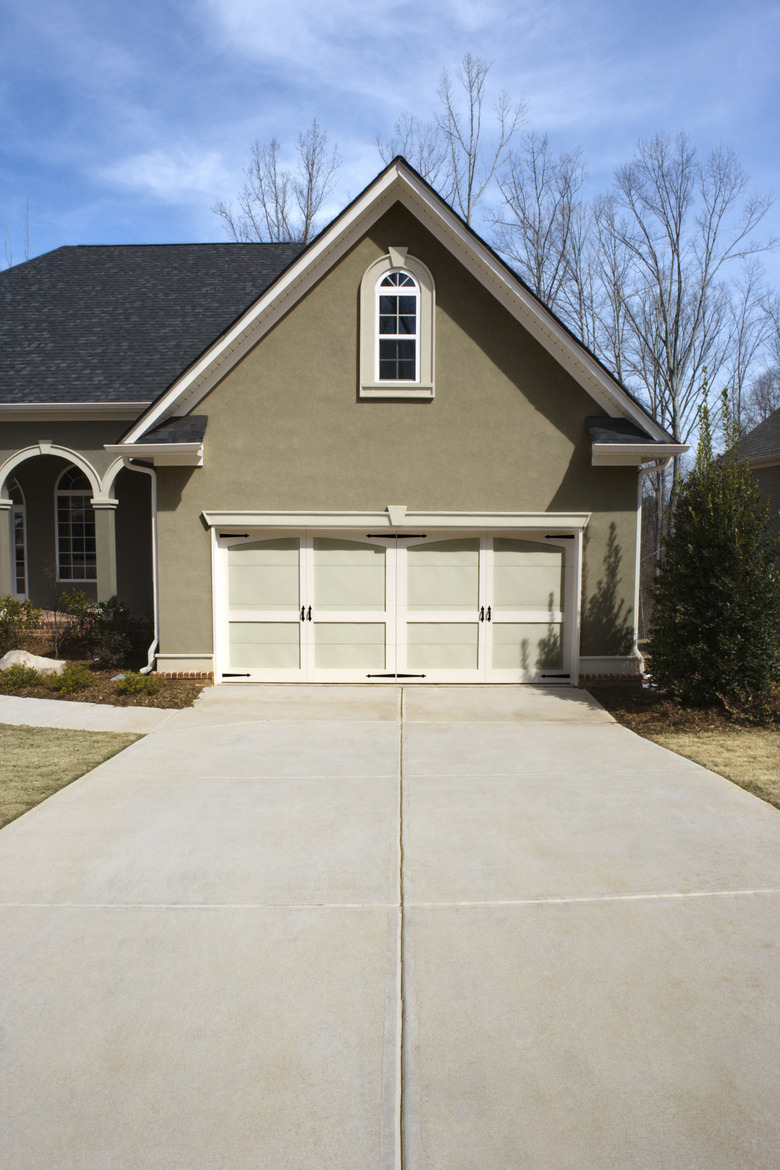What Happens When You Use Paint Thinner On Concrete?
Paint thinner is the common name for a blend of solvents used to clean paintbrushes, dilute paints and remove any spills, splatters or splashes that occur during the painting process. When paint thinner is applied to concrete, the chemicals in the compound seep into the surface of the cement, dissolving stains in the process.
Paint Thinners
Paint Thinners
Paint thinners, such as turpentine, mineral spirits, toluene, white spirits, xylene and acetone, are often added to oil-based paints to make the product thinner and easier to apply. These solvents can also be used to remove stubborn or sticky compounds, such as paint, glue, ink, lacquer, resin, wax, oil, grease and correction fluid. While it is safe to apply paint thinners to hard materials, such as concrete and cement, always test the solvent in an inconspicuous area first as they have been known to damage some surfaces.
Application
Application
To use paint thinner on concrete, simply pour the product over any visible stains, completely saturating the affected area. Sprinkle an absorbent material, such as kitty litter, cornmeal or talcum powder, over the paint thinner. Wait 24 hours and then sweep the concrete. Repeat, if necessary, until the discolorations are no longer evident.
Latex Paint
Latex Paint
While paint thinners are an excellent choice for removing and cleaning up oil-based paints, they should not be used to thin down or clean up latex paints. Fresh latex paint can generally be removed by scrubbing the affected area with soap and hot water. Paints that have been allowed to dry will often come off if treated with baby oil, isopropyl alcohol or household ammonia prior to being washed.
Warning
Warning
The fumes produce by paint thinners can be highly flammable and potentially hazardous if inhaled. To prevent accidents or injury, always work in a well-ventilated area away from heat and open flames. Work carefully and wipe up spills immediately; these compounds can irritate the skin and will ruin plastics, vinyl, synthetic fabrics, wood finishes, aluminum and rubber.
References
- "The Boston Globe"; Don't Try Painting Over Oil Stained Concrete; Peter Hotton; August 2005
- "The Queen of Clean's Complete Cleaning Guide"; Linda Cobb; 2002
